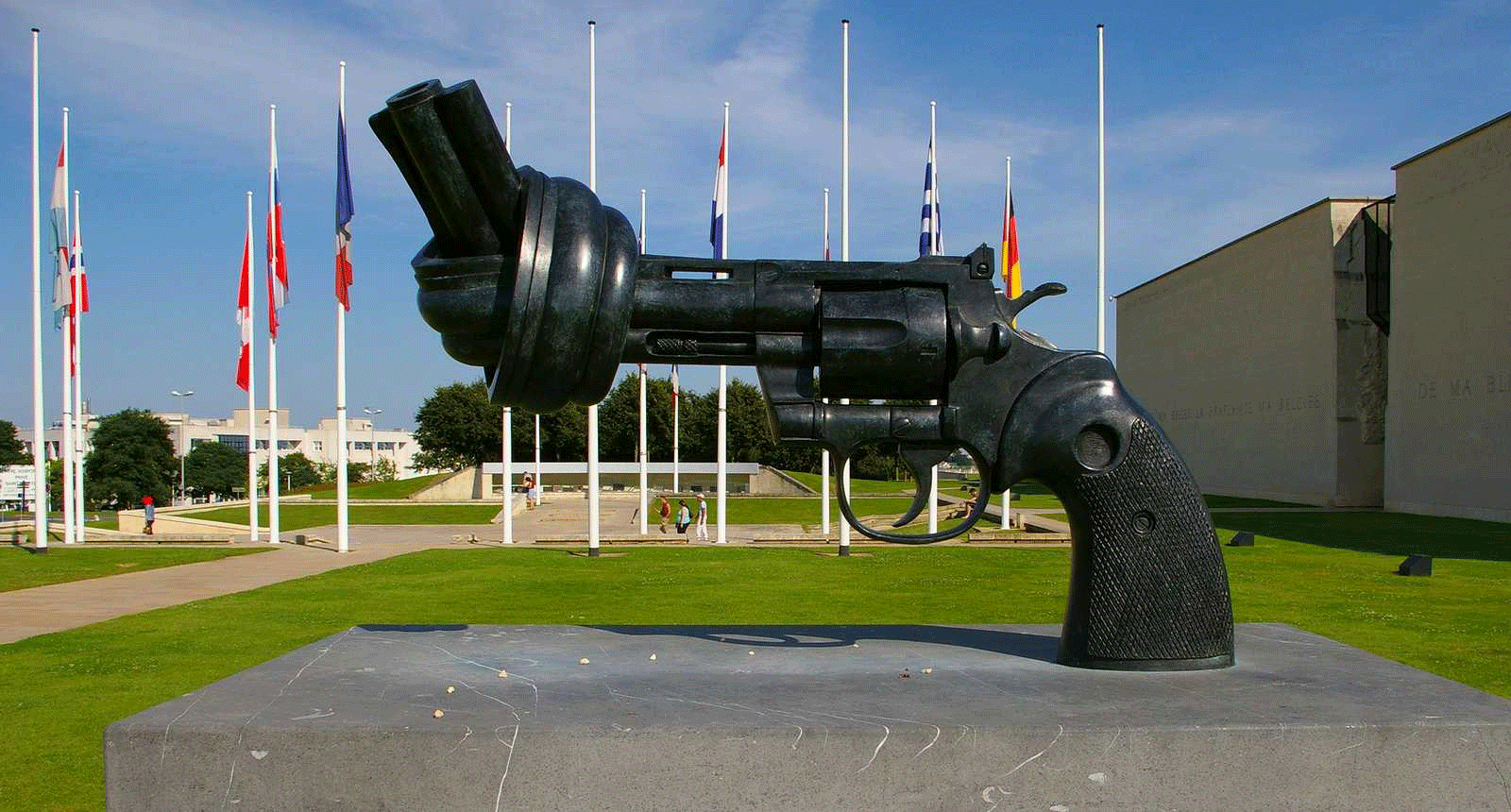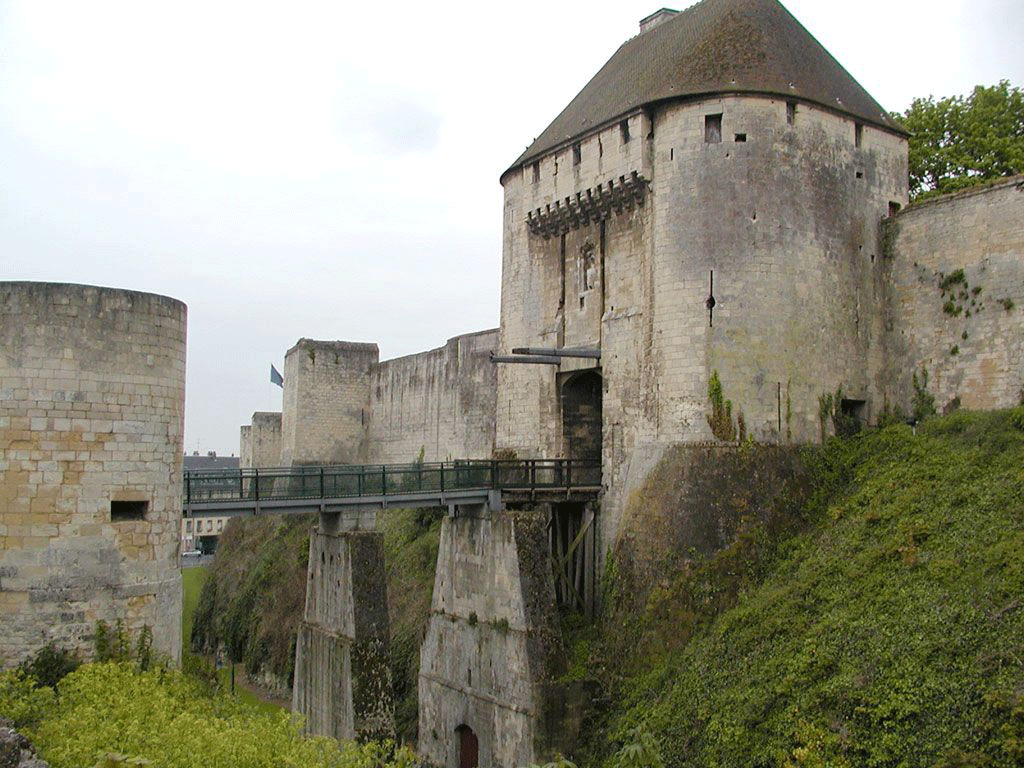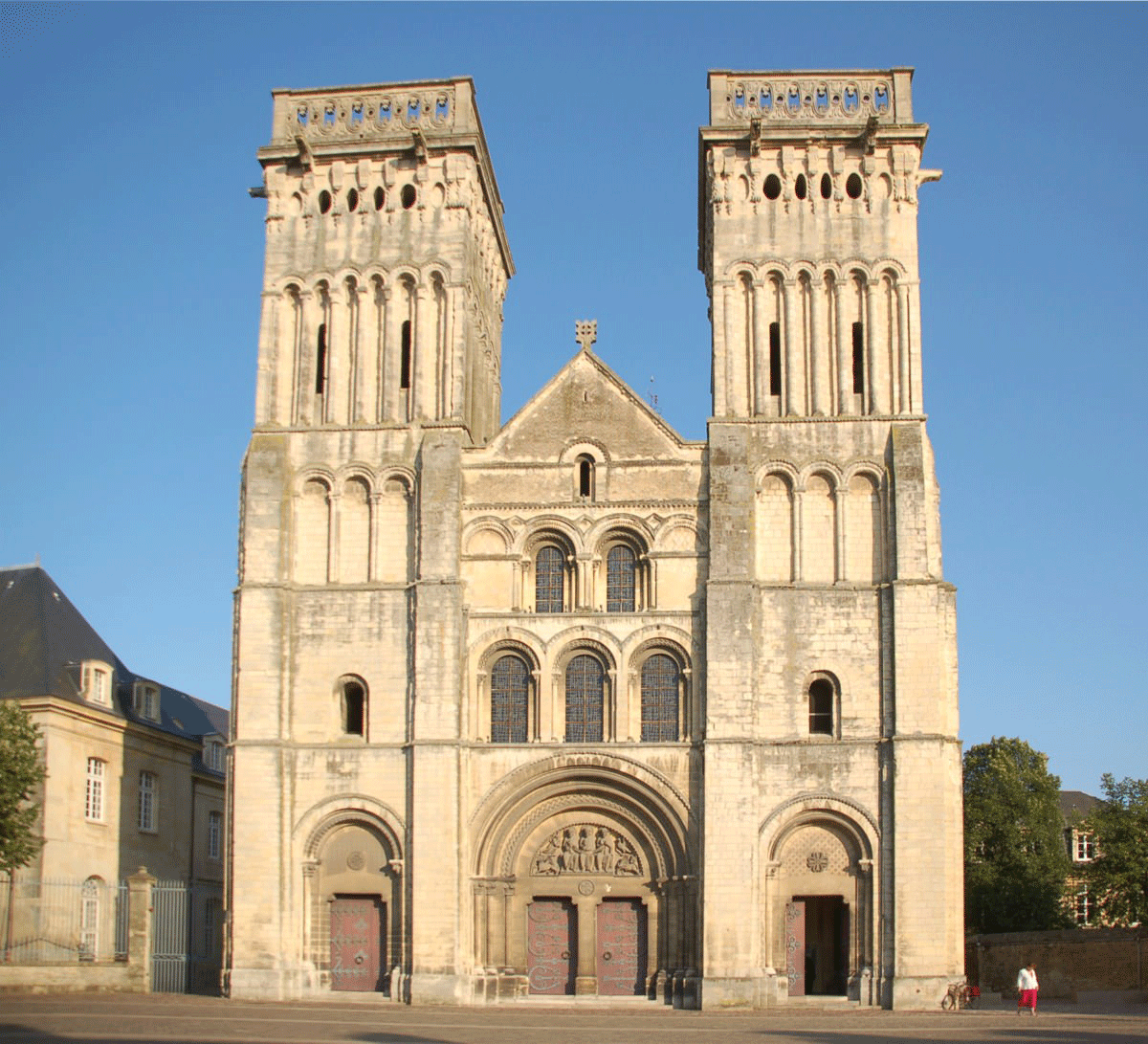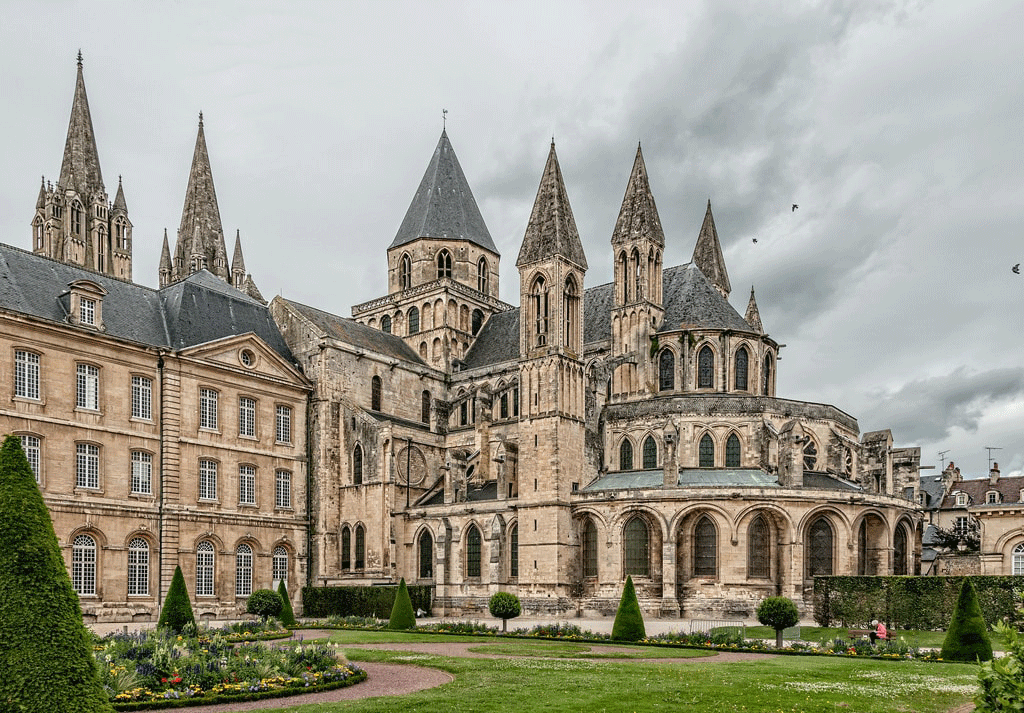Caen
Caen is located 15 kilometres inland from the English Channel in northwestern France. Caen is known for its historical buildings belongs to the William the Conqueror, who was buried there, and for the Battle for Caen, heavy fighting that took place around Caen during the Battle of Normandy in 1944, destroying much of the city.
Mémorial de Caen:
Mémorial de Caen is a museum and war memorial which is one of the city’s most popular attractions in Caen to to pay respects to the heroes of World War II.

Château de Caen:
Château de Caen was built c. 1060 by William the Conqueror and it has been officially classed as a Monument historic since 1886.
The castle was constructed on a hillock and is now in the middle of the city. With an area of 5.5 hectares, it is one of the largest castles in Western Europe.

Abbey of Sainte-Trinité:
The Abbey of Sainte-Trinité also known as Abbaye aux Dames, is a former monastery of women in Caen, Normandy, now home to the Regional Council of Lower Normandy. The complex includes the Abbey Church of Sainte-Trinité.
The abbey was founded as a Benedictine monastery of nuns in the late 11th century by William the Conqueror and his wife Matilda of Flanders as the Abbaye aux Dames (Women’s Abbey), as well as the Abbaye aux Hommes (Men’s Abbey), formally the Abbey of Saint-Étienne.

Abbaye aux Hommes:
Abbaye aux Hommes founded in 1063 by the conqueror of England and Duke of Normandy with its sublime Norman Romanesque architecture is one of the best tourist spots in Caen.

Museums of Caen:
- Art Museums (Musée des Beaux-Arts de Caen)
- Musée de Normandie
- Mémorial de Caen
Other tourist attractions in Caen:
- Historic Botanical Garden (Jardin botanique de Caen)
- Church of Saint-Pierre
- Church of Saint-Étienne-le-Vieux
- Parc Festyland
- Medieval Wooden Houses
- Colline aux Oiseaux


